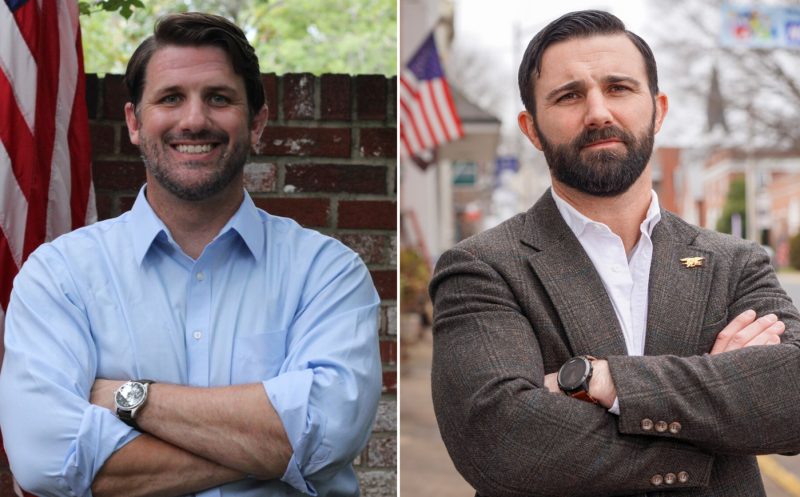Body:
Understanding the political landscape in Virginia can be fascinating and complex, as GOP factions find themselves swept into the whirlwind of primary elections. The peculiarity in this case lies in two veterans hailing from opposing GOP factions who, on paper, appear remarkably similar.
To begin, both individuals have a solid military background and shared commitment to service, each having spent substantial years in the US military. This shared history provides them with unique insights into the nation’s defense policy and the wellbeing of veterans. It also naturally blends into their political stances, driving their dedication to maintaining a robust national defense and prioritizing veterans’ affairs.
However, their alliances lie on opposing ends of the GOP sphere. One is backed by a more traditional, establishment-friendly Republican faction, with policies reflecting suits of fiscal prudency, strict adherence to constitutional interpretation, and a definite positioning towards international diplomacy. Herein, the emphasis is on safeguarding conservative values while also pushing for effective governance.
On the other hand, the other candidate is backed by a more populist Republican faction. This group tends to steer towards the principles of a small government, rigorous immigration policies, and a foothold on conservative, often nationalist perspectives, accused at times of legging in diplomacy.
From a policy outlook, their positions on key issues such as healthcare reform, tax legislation, education, and gun control also show striking similarities. Both are staunch defenders of the second amendment rights to bear arms and are committed to upholding traditional educational values. They are also in favor of stricter immigration laws, intending to prioritize citizen’s safety.
Interestingly, their approach to healthcare overlaps significantly. They both advocate for overhauling the Affordable Care Act to make way for new policies that would lower healthcare costs without expanding government influence. Similarly, on tax legislation, they both demonstrate a conservative stance—supporting tax cuts aimed at stimulating economic growth, with a specific focus on supporting small businesses and middle-income families.
But what causes the difference? The divide can primarily be attributed to the factions backing the two veterans. The traditional GOP faction tends to stick to conservative values with some room for moderation in certain policy areas. In contrast, the populist faction advocates for more aggressive policy shifts, reflecting broader sociopolitical sentiments concerning identity politics and nationalism. This often results in a more starkly defined dichotomy on key issues.
Even their campaign strategies bear similarities. Both center around their respective veteran statuses, using personal narratives of service to appeal to a voter base that respects and values such dedication






























